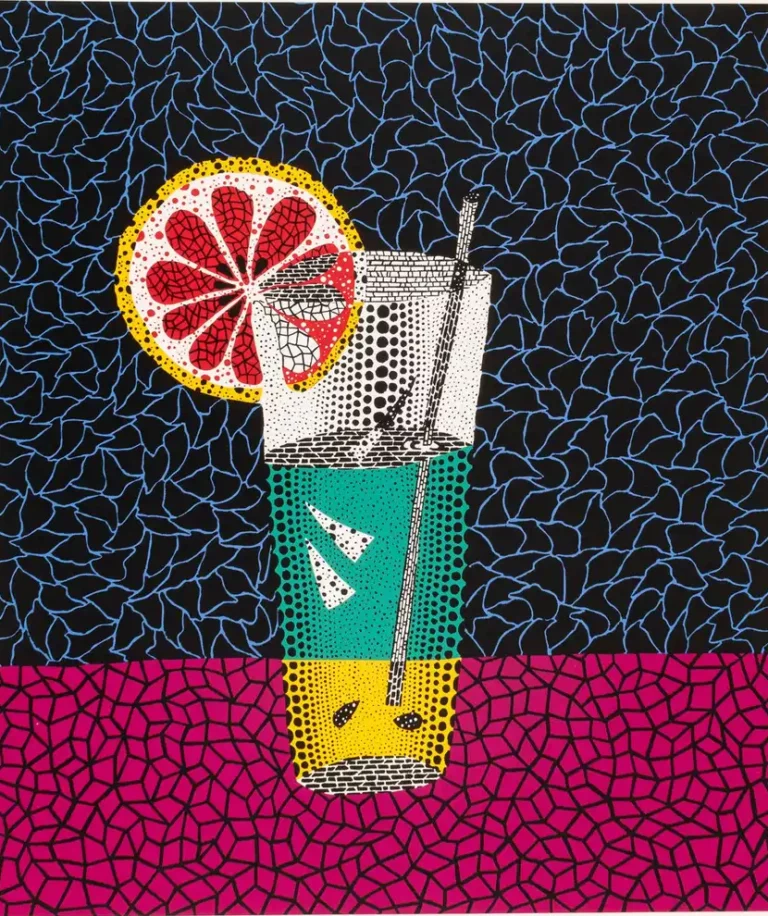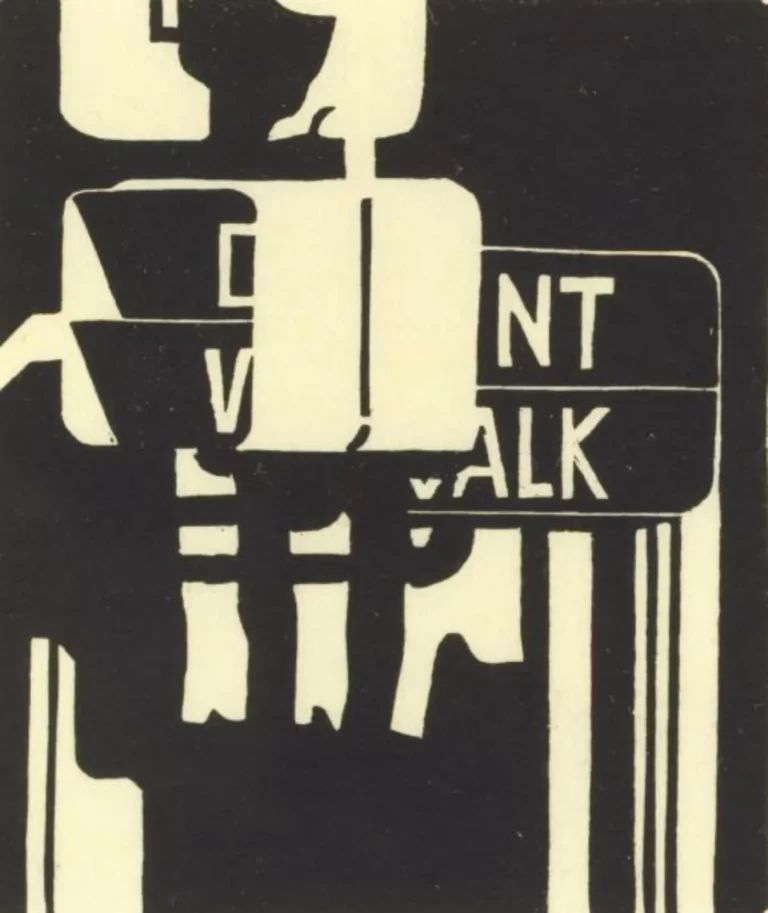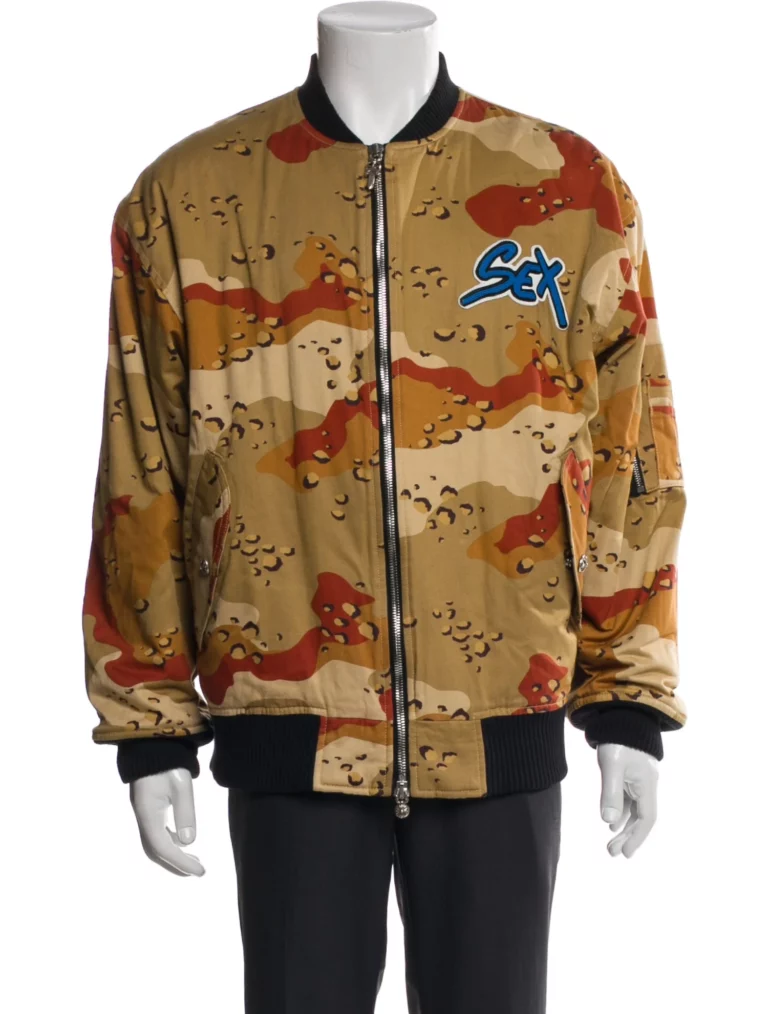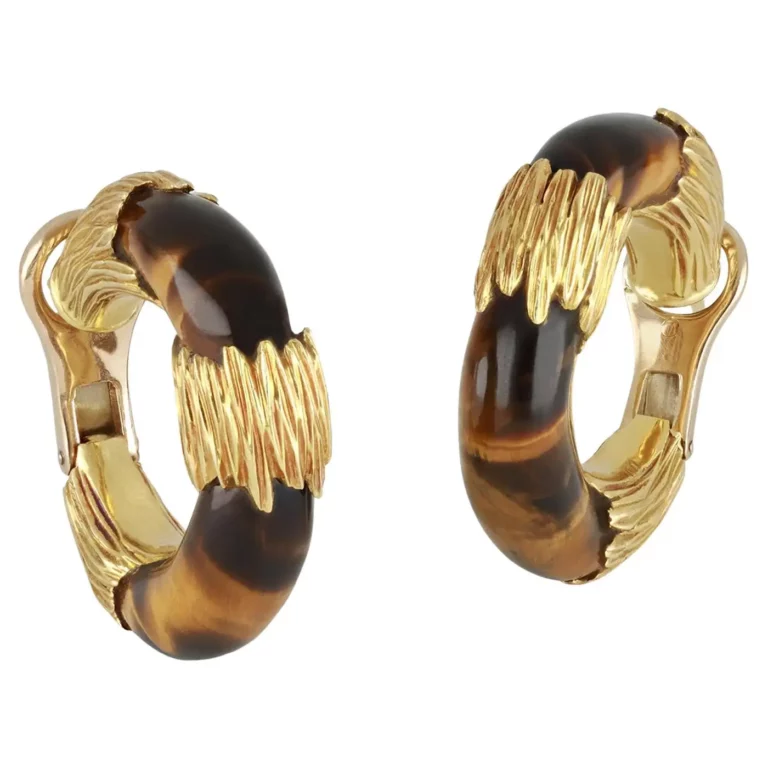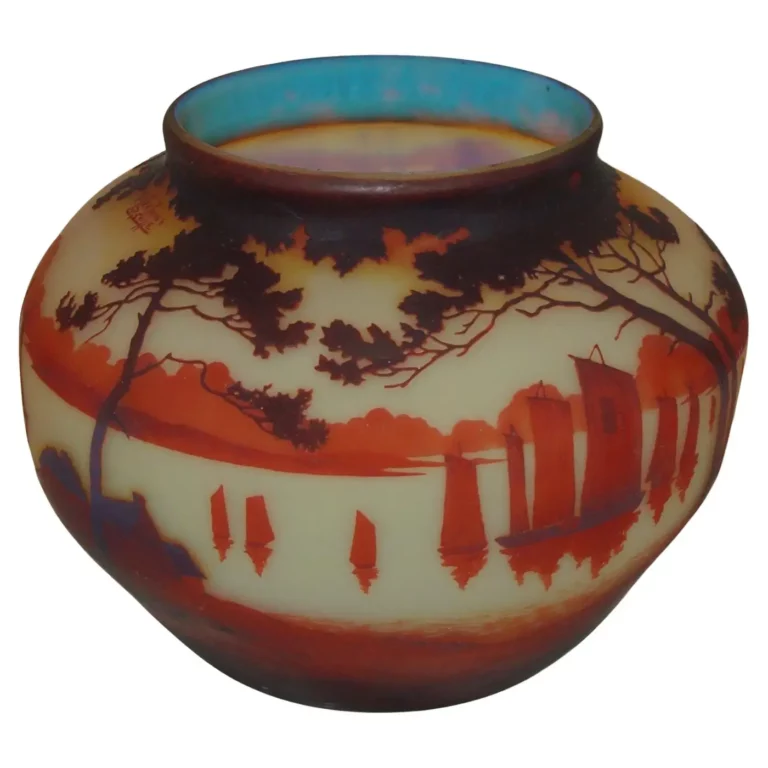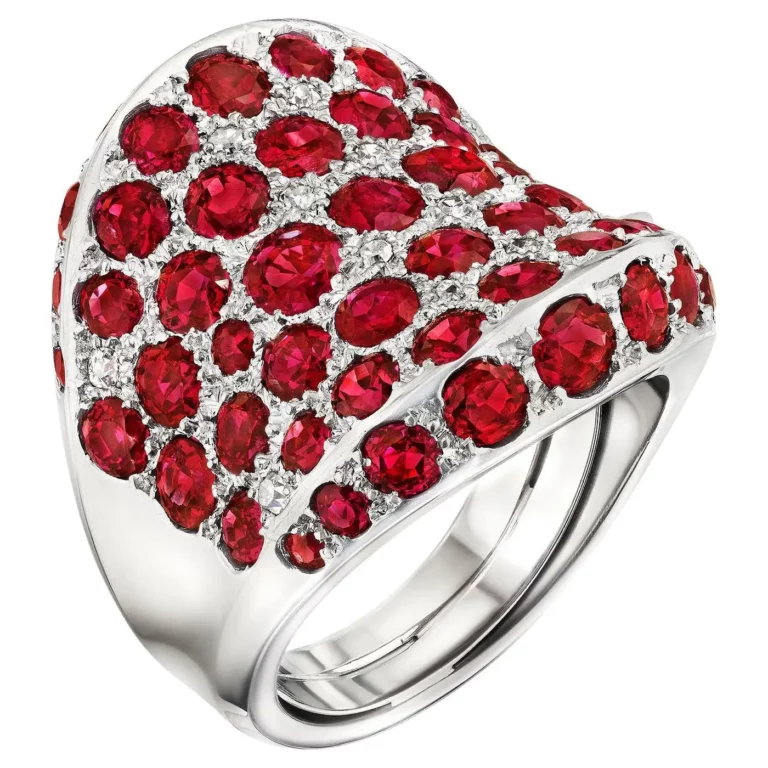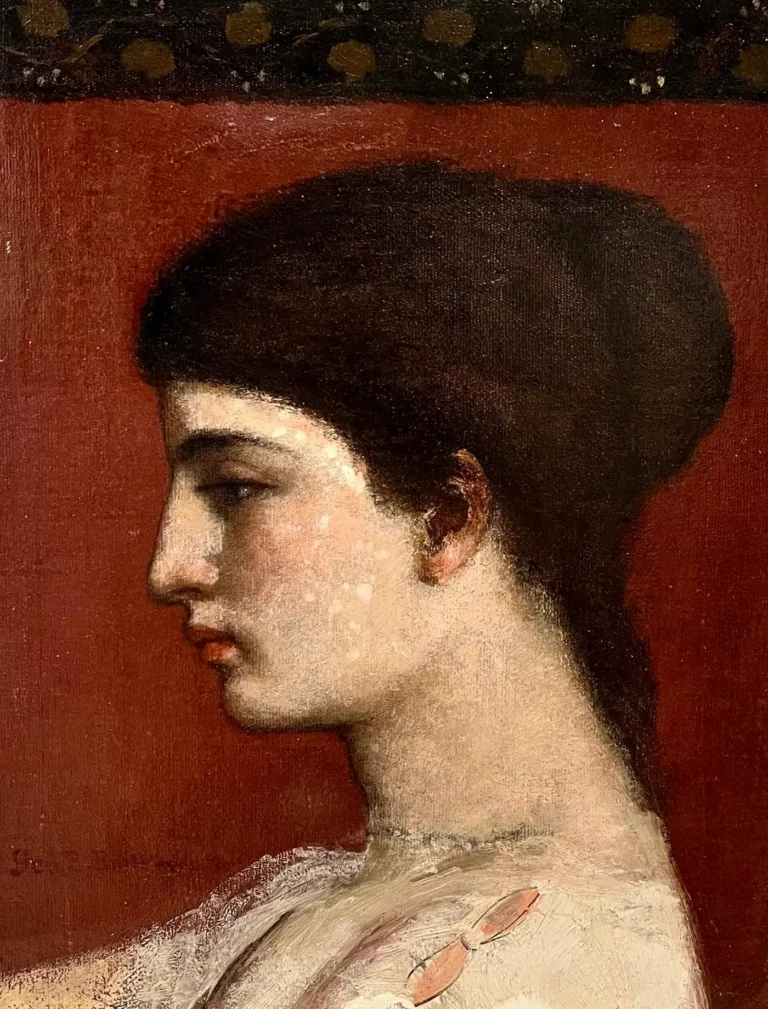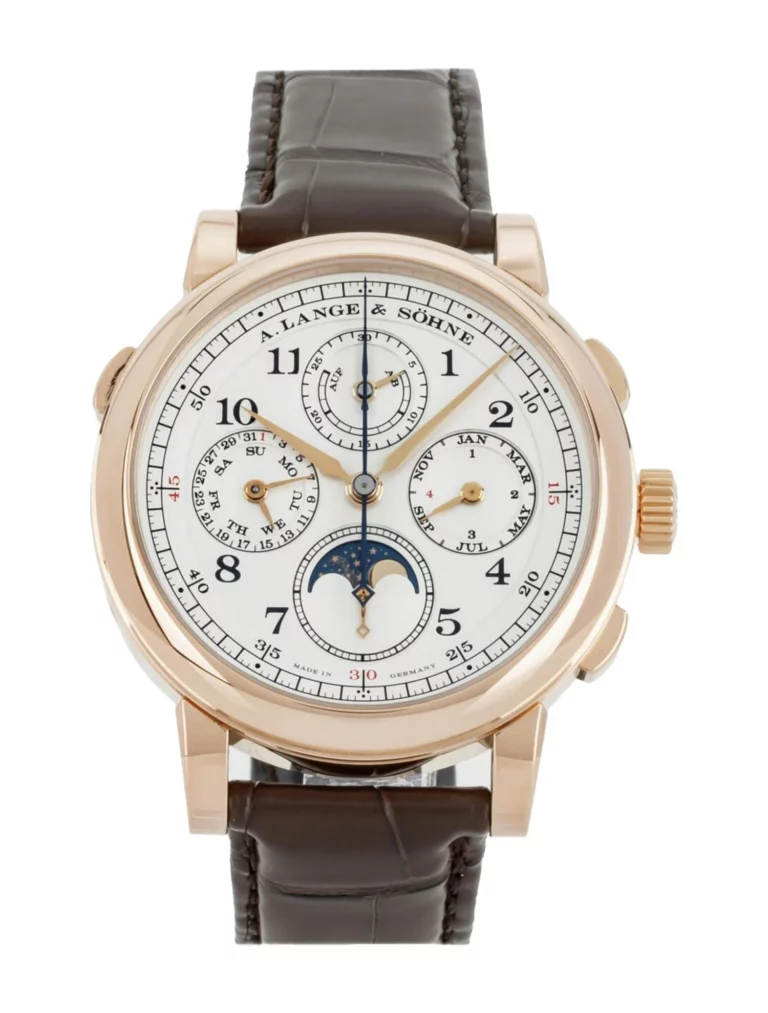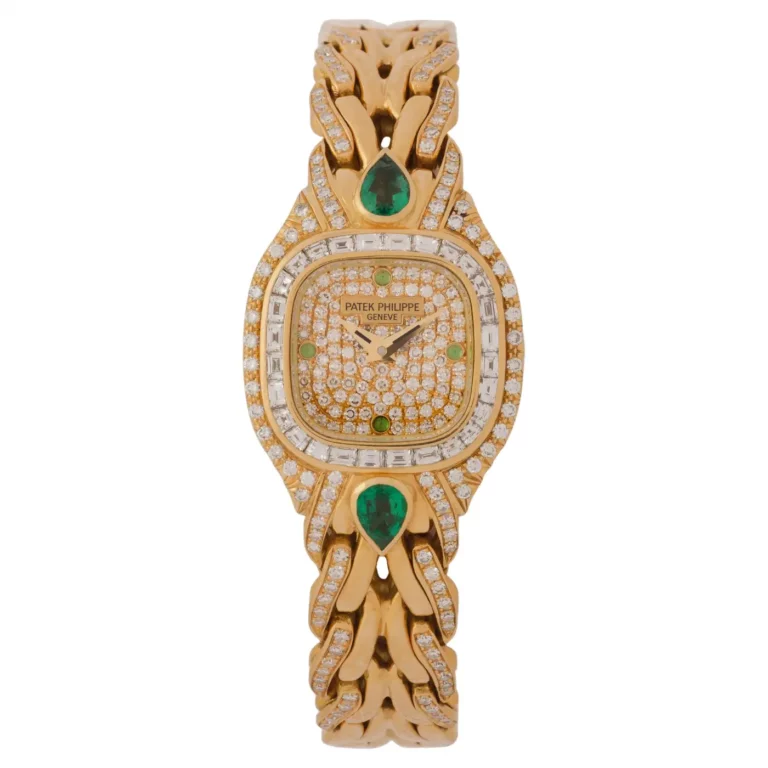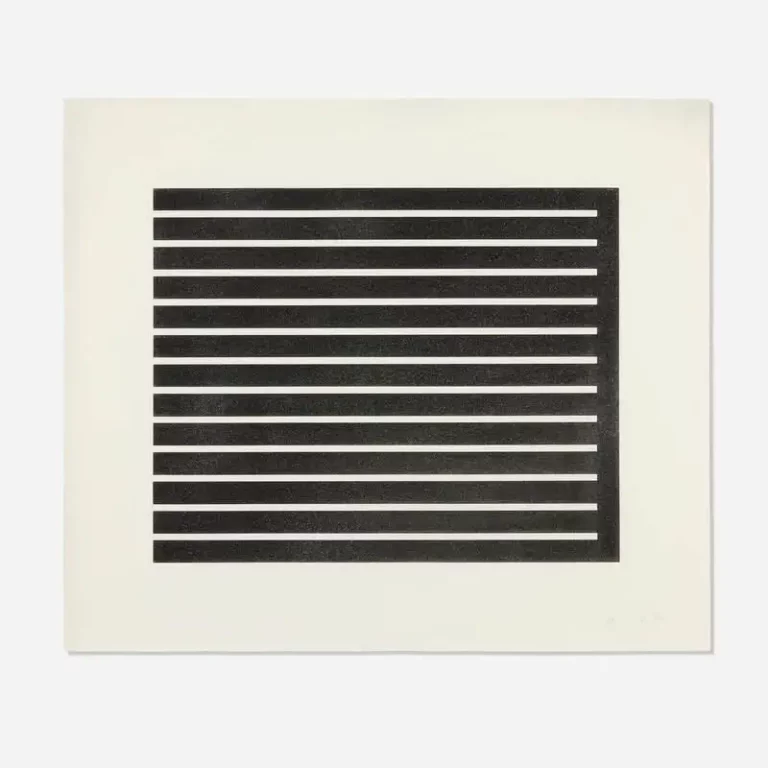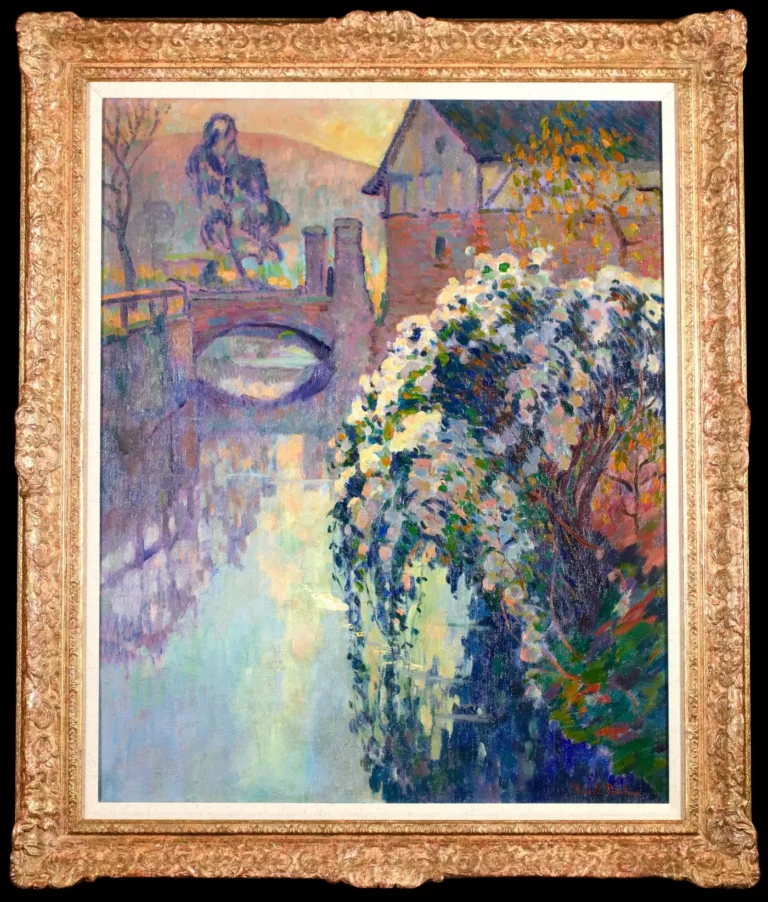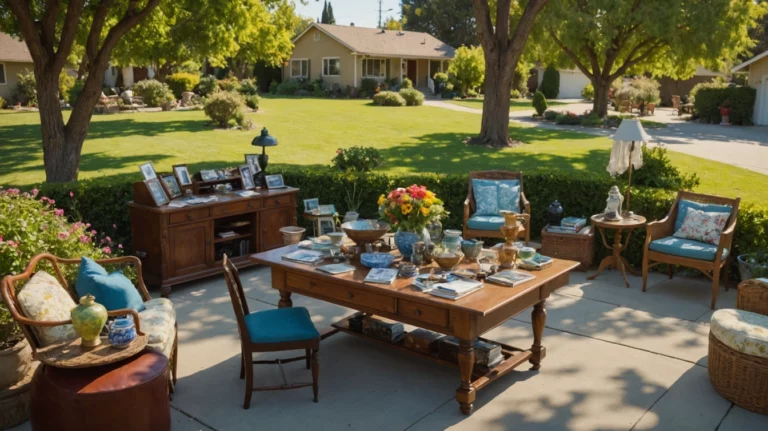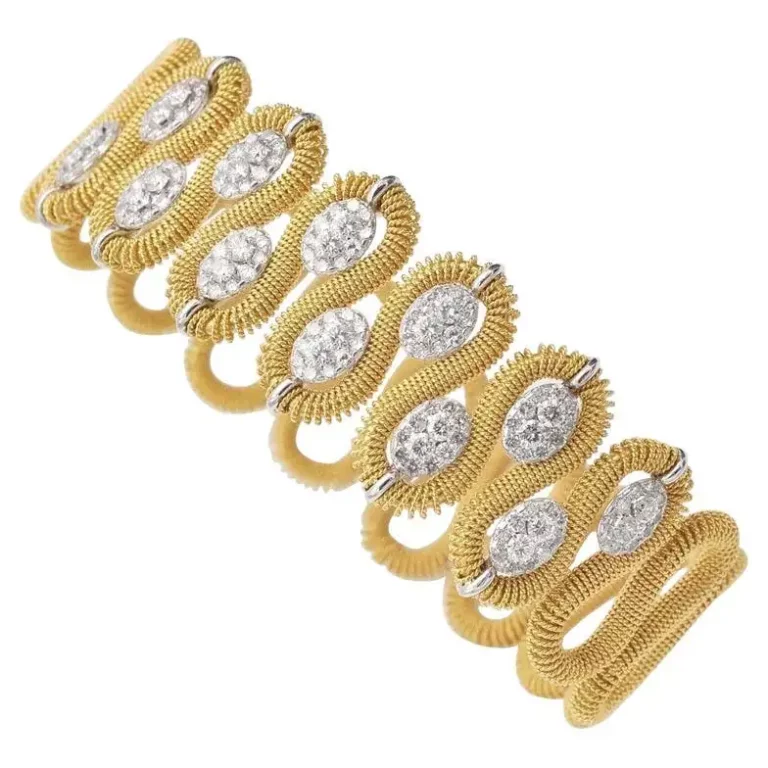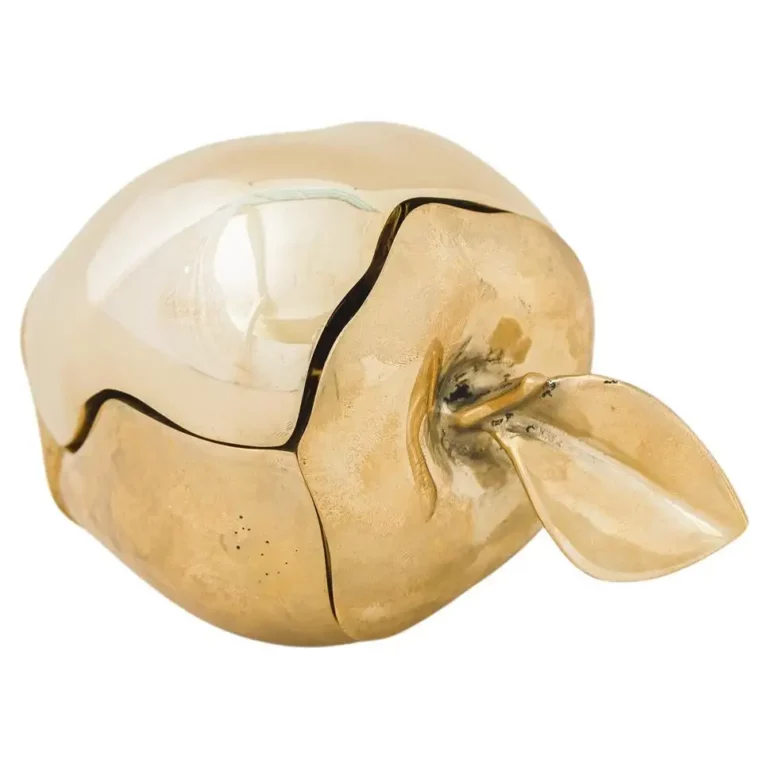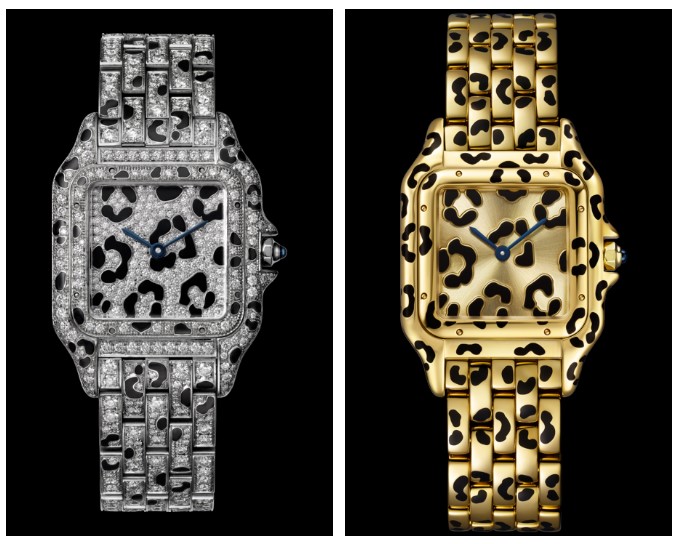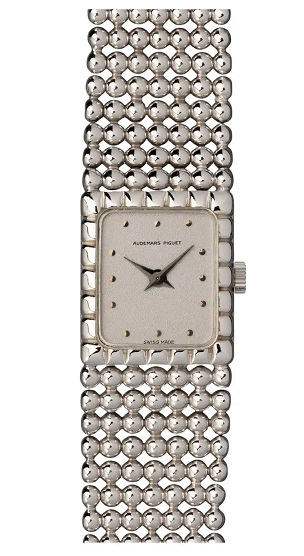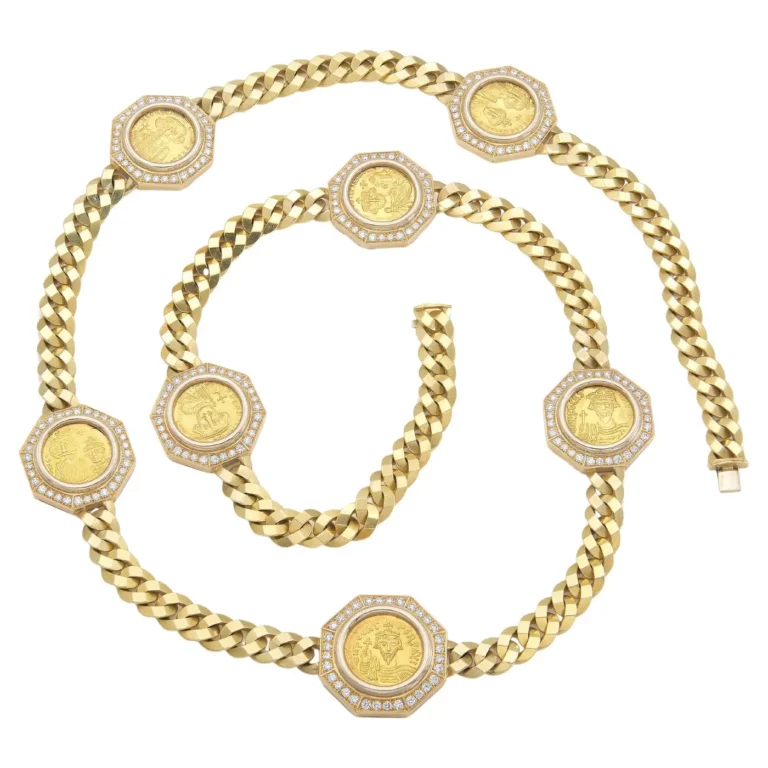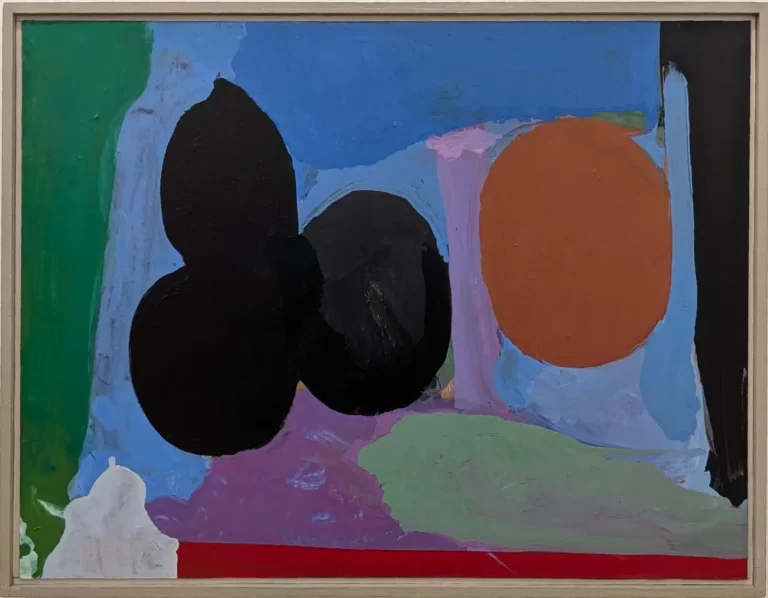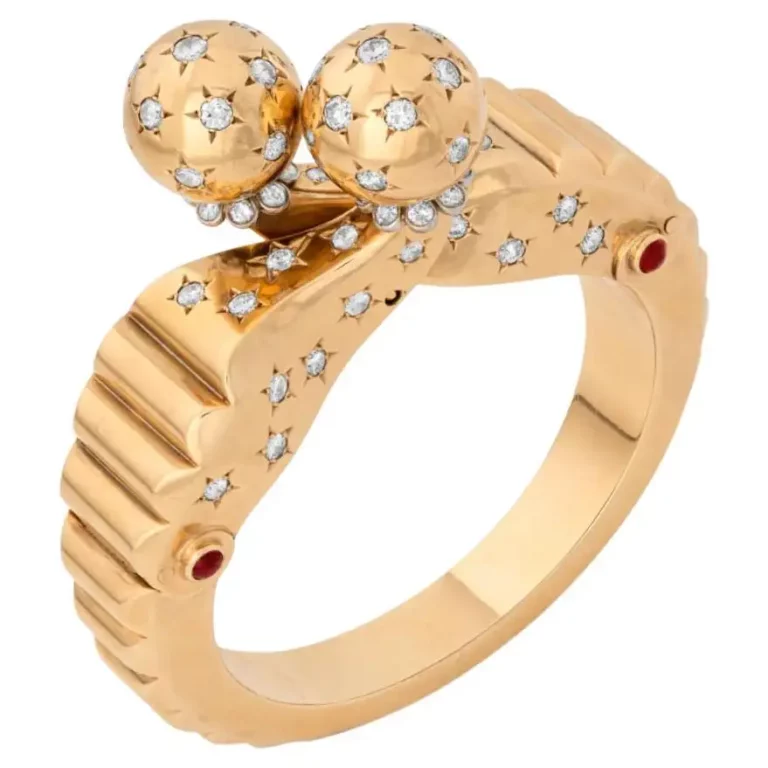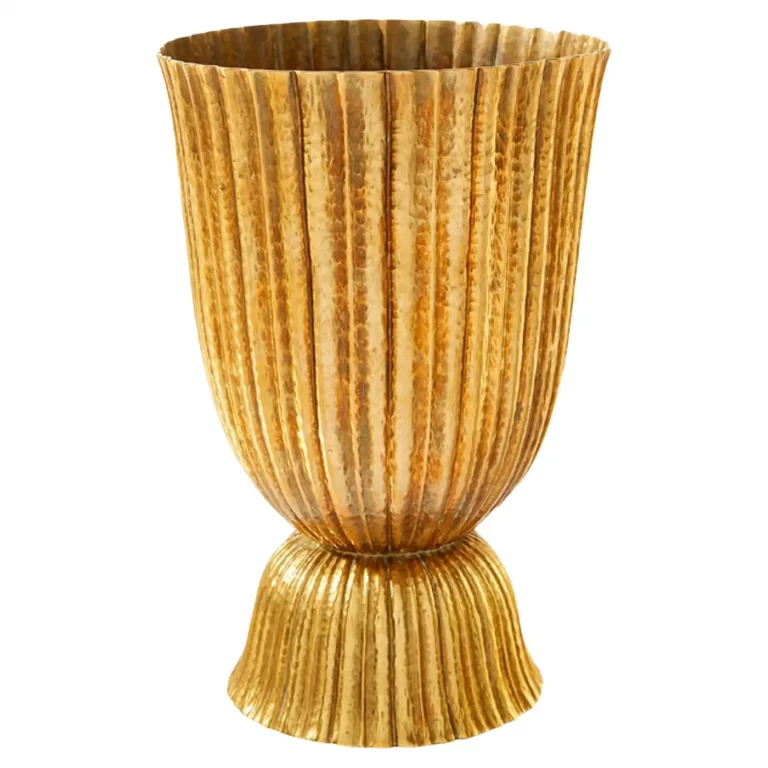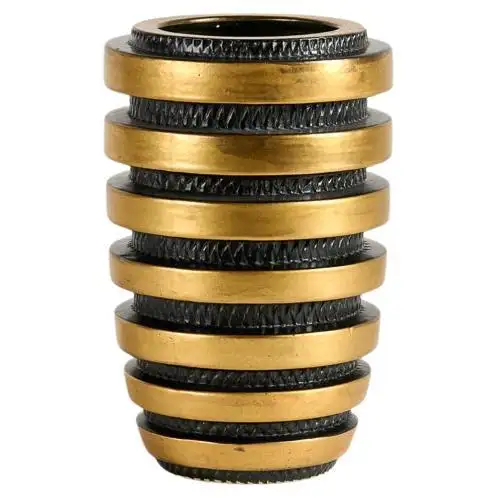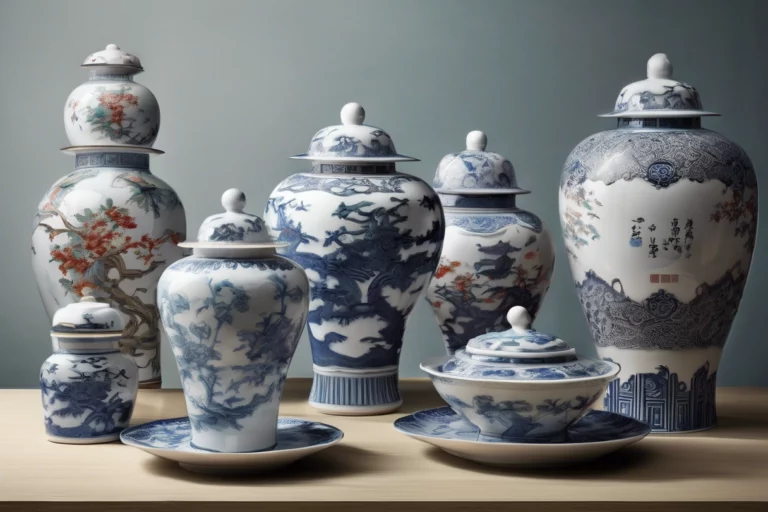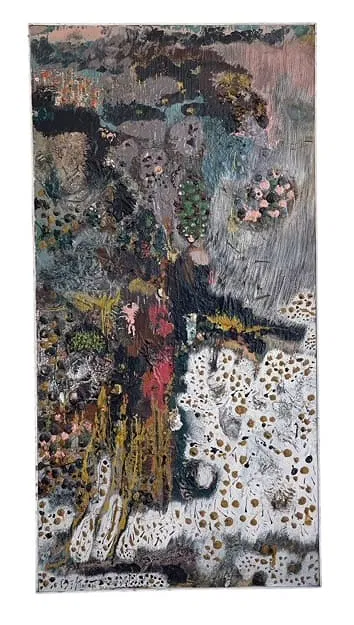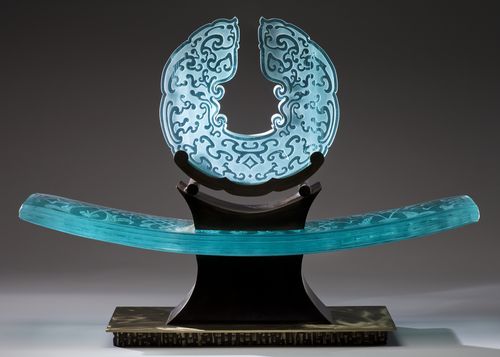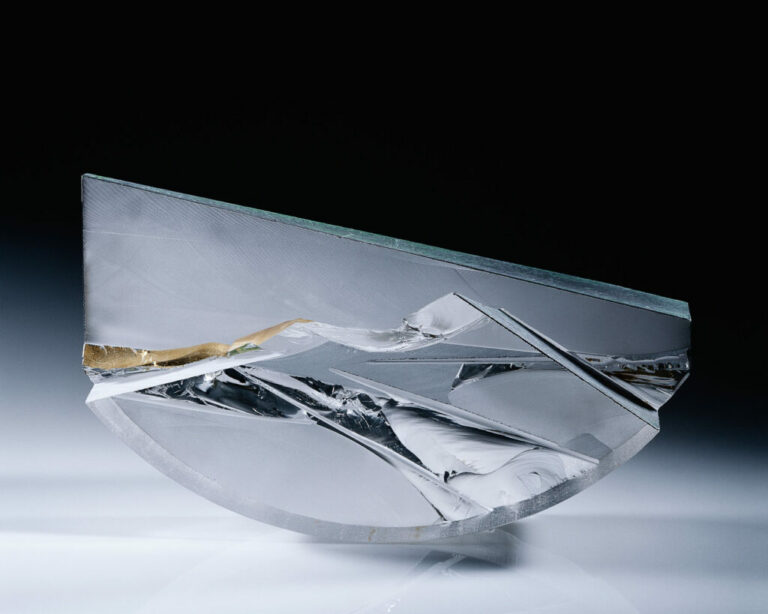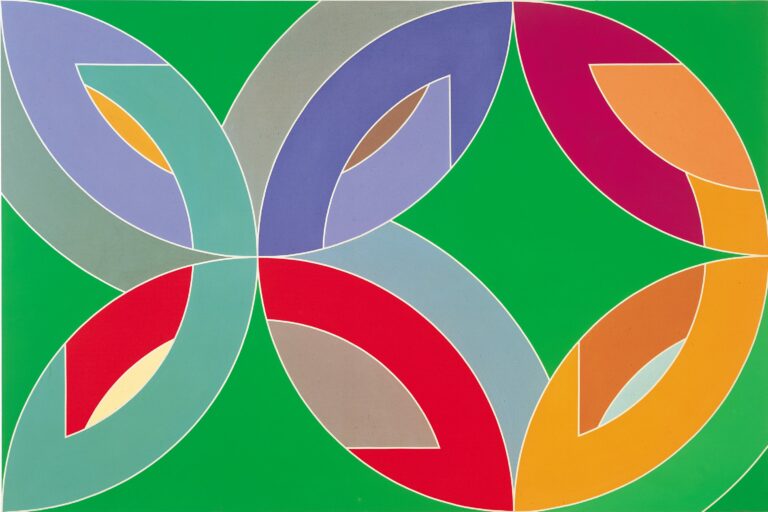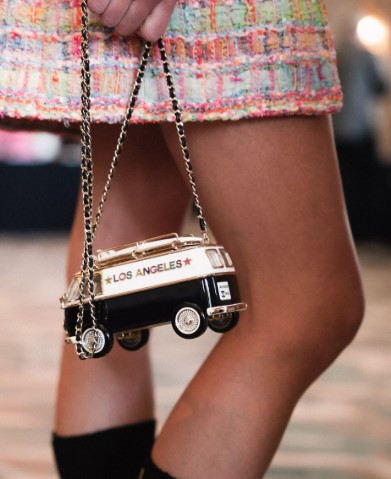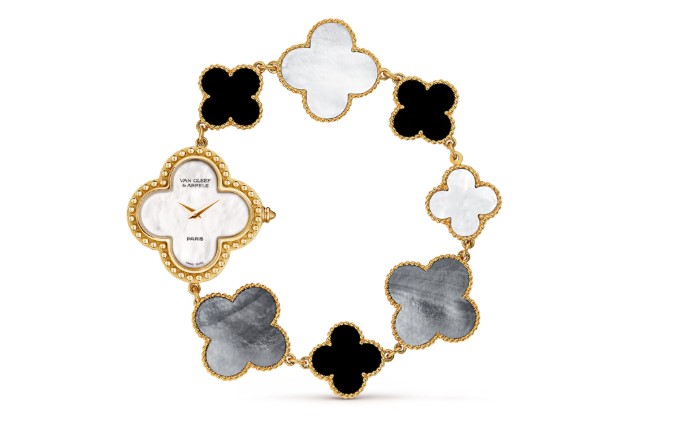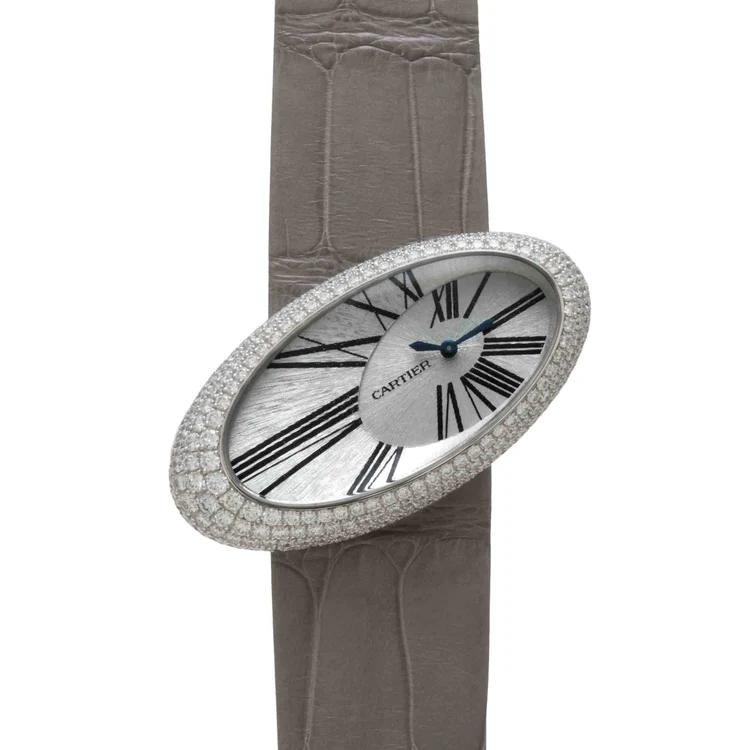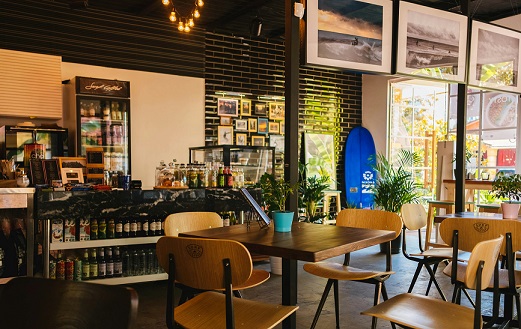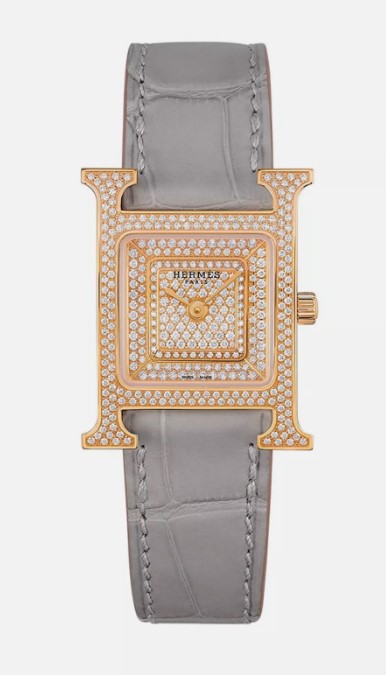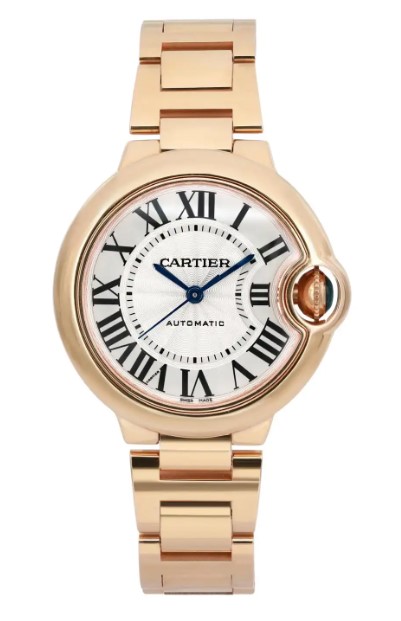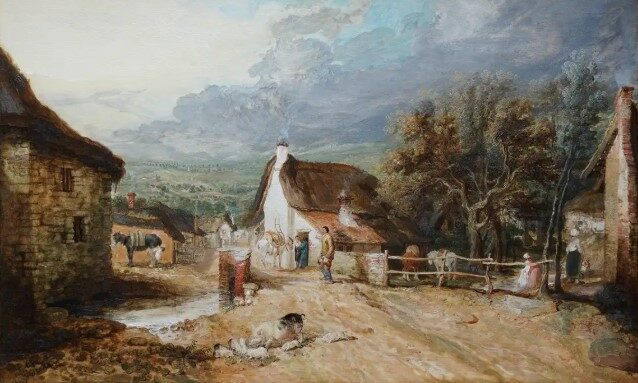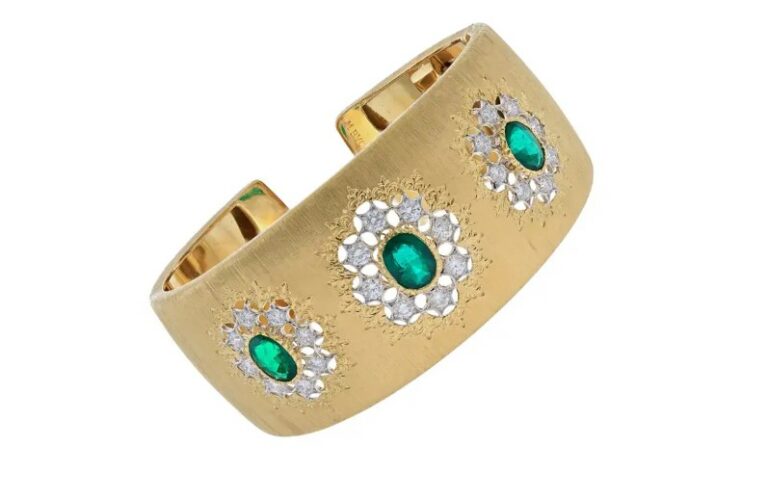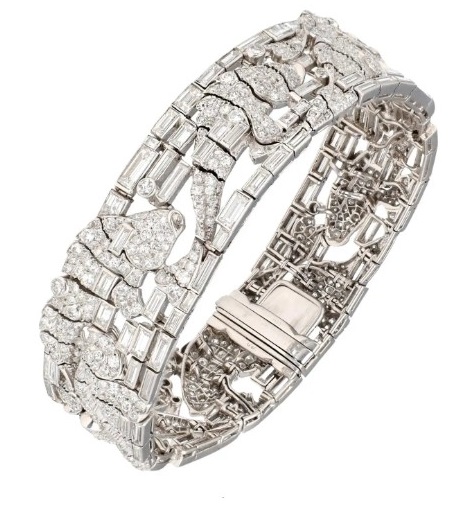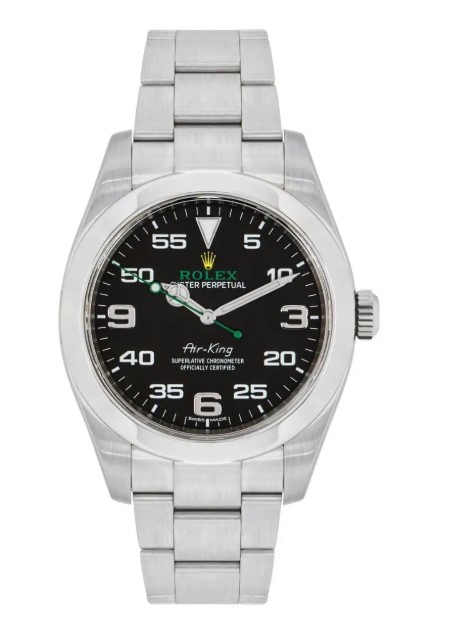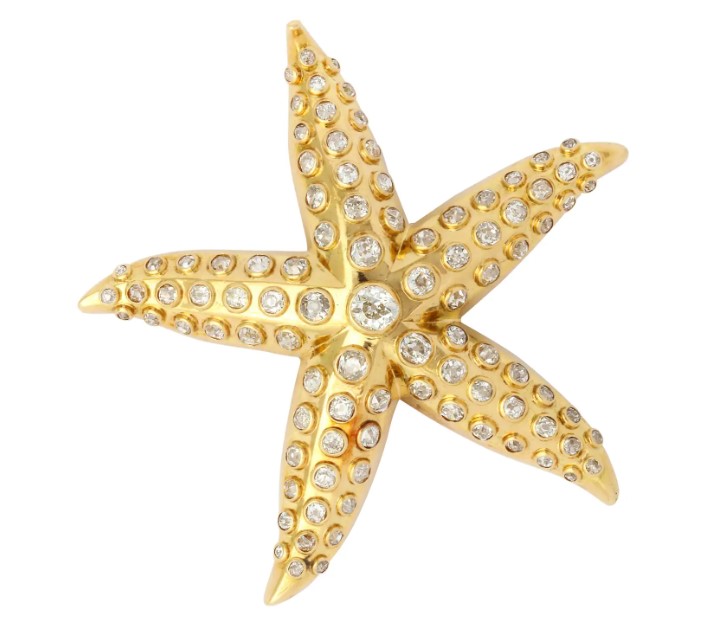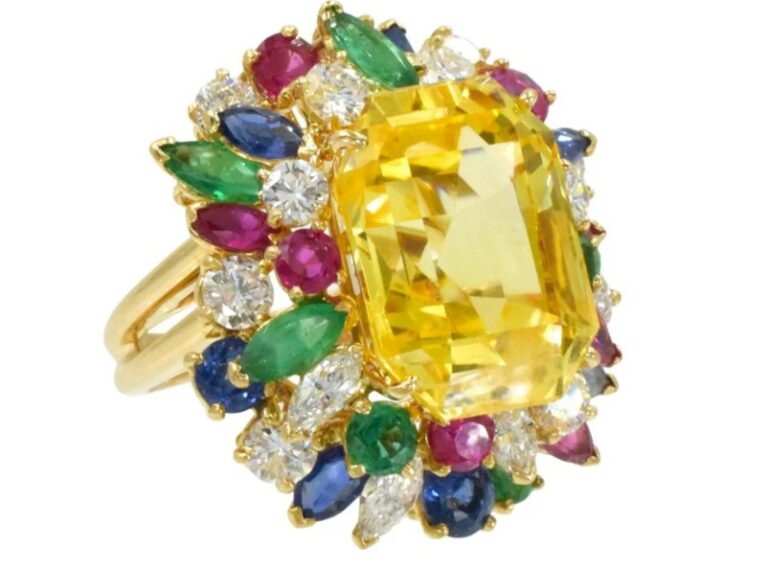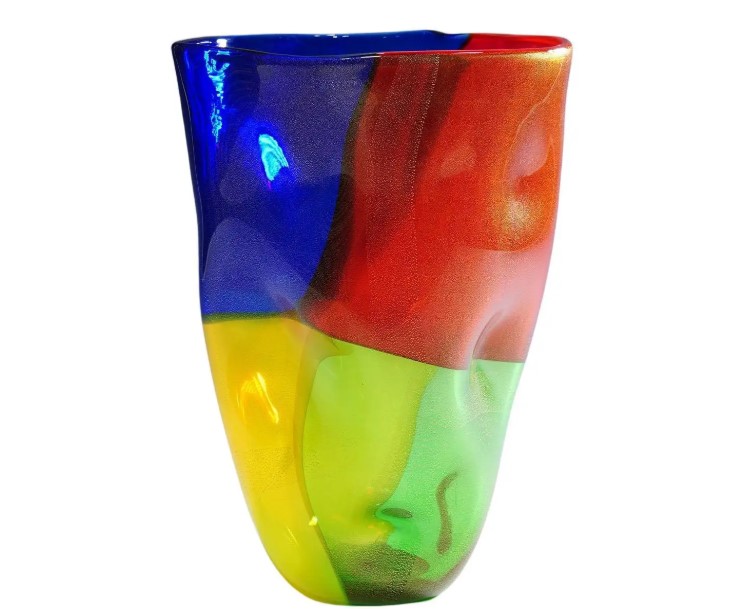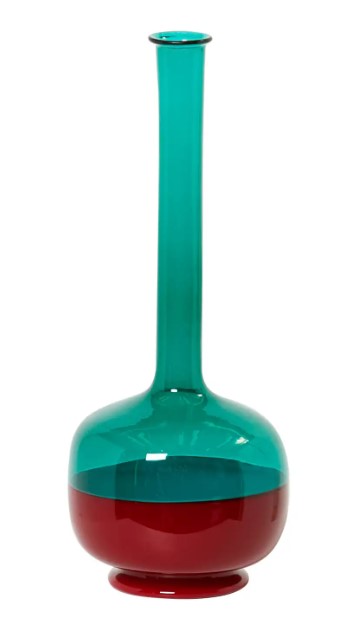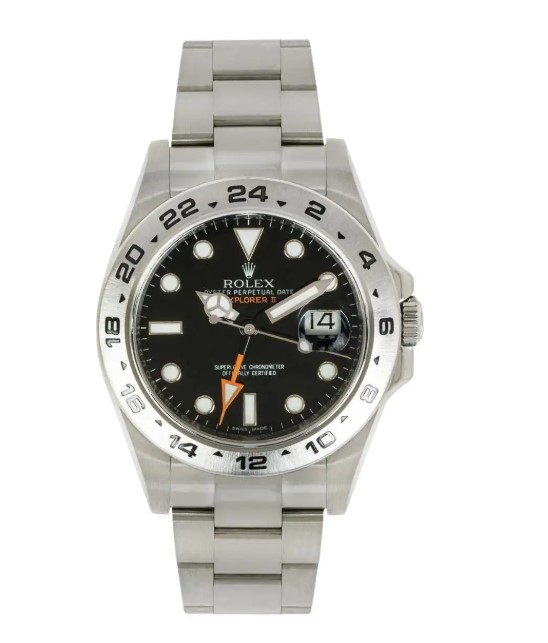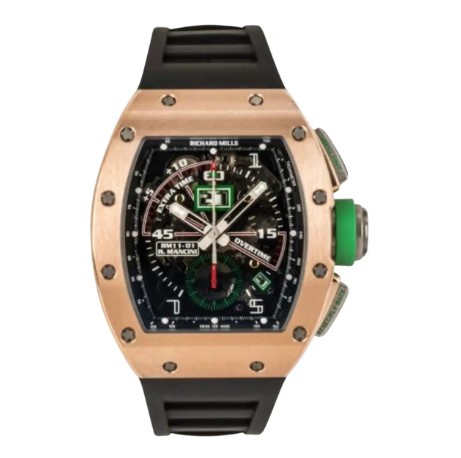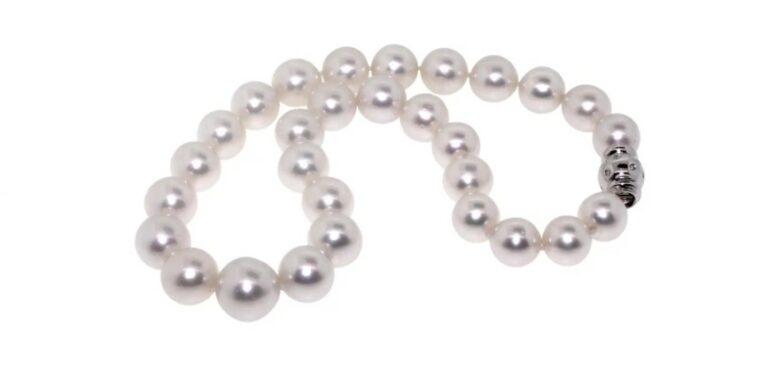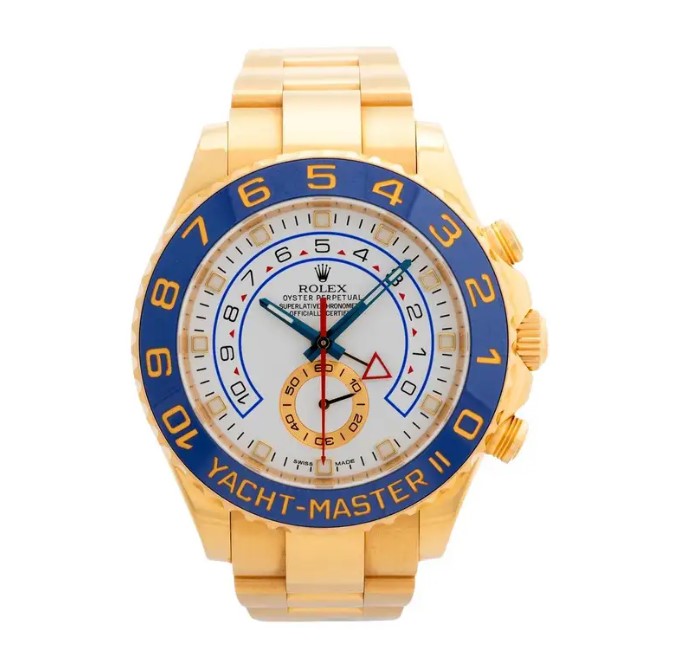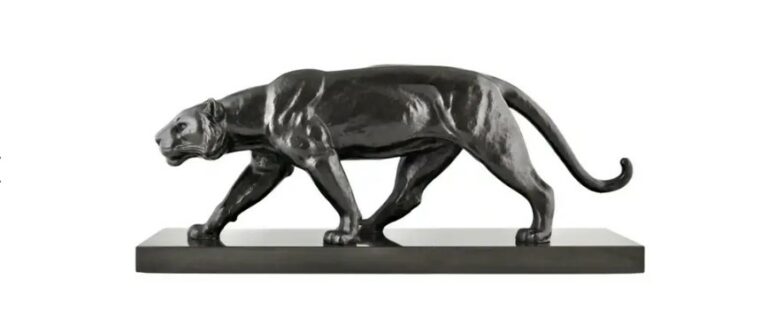Fine Art
Karel Appel
SHARE
Karel Appel was a Dutch artist born in 1921. He was one of the founding members of the avant-garde movement CoBrA, which emerged in Europe in the years immediately following World War II. Known for his bold colors, distorted forms, and child-like imagery, Appel’s work rejected traditional artistic conventions and celebrated primal expression and emotion.
Appel began his career in the late 1940s, creating vivid paintings that often featured distorted figures and fantastical creatures. His bold use of color and wide brushstrokes contrasted sharply with the muted tones and realistic details favored by many contemporary artists. In 1948, Appel joined forces with other experimental artists from Copenhagen, Brussels, and Amsterdam to form the CoBrA group. The group was committed to creating art that was spontaneous, intuitive, and free from the constraints of traditional techniques and genres.
Throughout the 1950s, Appel’s style continued to evolve, as he experimented with new media and techniques. He collaborated with other artists on murals and sculptures, and his work became more abstract and symbolic. His use of bright, contrasting colors remained a hallmark of his style, as did his playful and often humorous approach to image-making.
In the 1960s and 1970s, Appel continued to pursue a highly individualized and experimental approach to art-making. He began incorporating found objects and everyday materials into his work, and he also worked extensively in graphic design and printmaking. His works during this period often featured dense and complex compositions that combined different media and styles.
Despite his interest in new forms of artistic expression, Appel remained deeply committed to the idea that art should be accessible to everyone. He was especially interested in bringing art to young people, and he often gave workshops and led art classes for children. In later years, he established the Karel Appel Foundation, which supports young artists and promotes art education.
Today, Karel Appel is remembered as one of the most innovative and influential artists of the postwar period. His work continues to be celebrated for its bold colors, playful imagery, and highly individualized style. Whether working in painting, sculpture, or printmaking, Appel remained true to his commitment to spontaneity, emotion, and artistic freedom.
